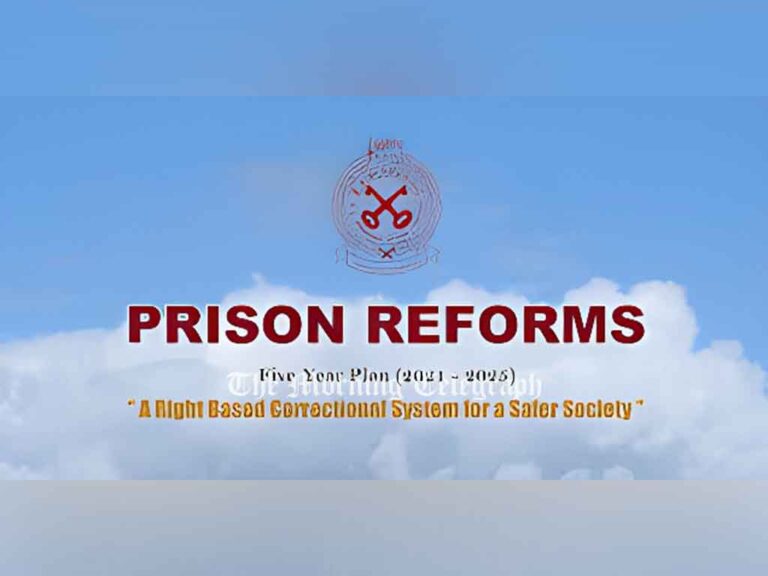
In the shadow of Beijing’s Temple of Heaven, a group of pensioners exercise in a city park, symbolizing the quiet yet profound changes occurring in China. For decades, these retirees have witnessed China’s rise as a global economic powerhouse. Today, they are navigating the uncertainty created by growing tensions with the United States—particularly in light of President-elect Donald Trump’s return to power. As Trump prepares for his second term beginning in January 2025, the future of US-China relations remains fraught with unpredictability, marked by both cooperation and contention.
A History of Highs and Lows
The relationship between Trump and Xi Jinping has been defined by moments of camaraderie and sharp disagreements. In 2020, despite the escalation of a bitter trade war, Trump famously praised Xi, claiming that the two “love each other.” However, this friendly tone rapidly shifted as the Covid-19 pandemic began, with Trump repeatedly calling the virus the “Chinese virus” and escalating tensions over trade, tariffs, and geopolitical issues. These actions deepened the divide, especially after Trump imposed tariffs on over $300 billion worth of Chinese imports, contributing to a tense economic standoff.
In China, Trump is viewed with a mix of skepticism and humor. His erratic behavior has led many to perceive him as a figure of unpredictability. “I like Trump, but he’s unstable. Who knows what he might do?” says one elderly Chinese resident, reflecting the uncertainty felt by many. This wariness is compounded by the selection of hardline figures such as Marco Rubio and Mike Waltz for key roles in Trump’s administration. Rubio has been vocal about his belief that China represents the “defining threat” of the 21st century, while Waltz advocates for a more aggressive stance towards Beijing. Their presence suggests that Trump’s policy towards China will be more confrontational than conciliatory.
Xi’s Strengthened Position and China’s Assertiveness
Xi Jinping enters this new chapter with a reinforced grip on power, having secured a historic third term as China’s president, and with the possibility of remaining in power indefinitely. Under his leadership, China has pursued a more assertive approach in both foreign policy and military development, particularly concerning Taiwan and the South China Sea. The U.S. remains wary of China’s military ambitions, especially its growing nuclear arsenal and advancements in stealth technology. For instance, China recently unveiled new stealth fighter jets at its airshow and has been reported to be developing nuclear propulsion for its aircraft carriers, sparking concerns about a potential nuclear arms race.
The question of Taiwan continues to dominate US-China tensions. Although Trump has suggested in the past that he could deter Chinese aggression through harsh tariffs rather than military action, the reality of defending Taiwan remains complicated. The U.S. is bound by law to provide defensive support to Taiwan, and despite Trump’s rhetoric, most experts believe the U.S. will continue its policy of military assistance to Taiwan, including arms sales. During his first term, Trump’s administration was the largest supplier of arms to the island, and analysts predict that this trend will persist.
Economic Rivalry: Trade Wars and Financial Impacts
Trump’s economic policies, particularly his “America First” approach, are poised to have significant repercussions for both the U.S. and China. His promise to impose steep tariffs on Chinese-made goods could reignite a trade war, further harming China’s export-dependent economy. China already faces numerous internal challenges, including a sluggish economy, rising youth unemployment, and an aging population. These domestic struggles are evident across the country, where many people worry about the future. A middle-aged woman in Beijing’s Temple of Heaven Park explains that many people pray for better job opportunities and improved prospects for their children—issues that reflect the broader economic challenges China faces.
In response to the looming trade conflict, China has been diversifying its trade relationships, particularly by increasing agricultural imports from countries like Brazil and Russia, while also deepening economic ties with nations outside the U.S. sphere of influence. While this strategy may help mitigate some of the economic fallout from Trump’s tariffs, it remains uncertain how China’s economy will weather the storm if another trade war erupts.
China’s Global Influence and a Potential Opening for Cooperation
Despite the tensions, some analysts believe that Trump’s return to power could offer China a new opportunity to enhance its global standing. Under President Biden, the U.S. worked to strengthen alliances in Asia and Europe to counter China’s rising influence, but Trump’s “America First” doctrine, with its focus on bilateral deals over multilateral cooperation, may weaken these alliances. China has already cultivated strong relationships with emerging economies and has made efforts to repair its relations with Europe, South Korea, and Japan. Should the U.S. falter in its global leadership, China could benefit by positioning itself as the more stable and reliable partner on the world stage.
As Lyle Morris of the Asia Society’s Center for China Analysis notes, China may look to present itself as a responsible global power, while portraying the U.S. as a destabilizing force. This narrative could resonate with countries looking for alternatives to U.S. hegemony, especially if Trump continues to undermine multilateral institutions and agreements. In this context, Trump’s approach to China could inadvertently play into Xi’s long-term vision of making China the dominant global power.
A New Cold War?
The growing competition between the U.S. and China has led to increasing fears of a “new Cold War.” Beijing has repeatedly warned Washington against adopting a containment strategy, which it views as unwise and doomed to fail. In recent comments, Xi emphasized that “containing China is unacceptable” and cautioned the U.S. against pursuing such an approach. These remarks underscore the deepening divide between the two nations, especially as China ramps up its military and technological advancements.
As Trump takes office, the U.S. will likely continue to push back against China’s assertiveness, particularly in the South China Sea and with regard to Taiwan. However, with Xi’s strengthened position and China’s growing military capabilities, the U.S. will need to carefully balance its stance on China. The risk of miscalculations or escalations remains high, particularly in regions like the Taiwan Strait, where both countries have vital strategic interests.
Conclusion: A Tumultuous Road Ahead
As Trump embarks on his second term, China is bracing for a tumultuous relationship defined by intense competition and sporadic cooperation. Despite their contrasting approaches to global leadership, both Trump and Xi share a common goal: to restore their nations to positions of global preeminence. However, their methods—Trump’s “America First” nationalism and Xi’s vision of a “great rejuvenation” of China—are fundamentally at odds, setting the stage for a high-stakes diplomatic rivalry.
Whether Trump and Xi can rebuild their relationship or whether it will descend into a new phase of tension and competition remains uncertain. What is clear is that the U.S.-China relationship will continue to be a central factor in shaping global politics, with implications for trade, security, and international stability.




